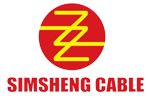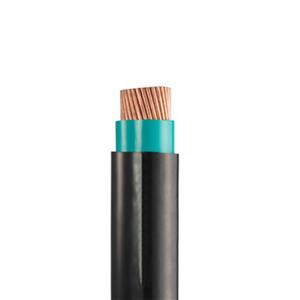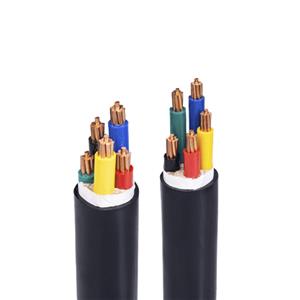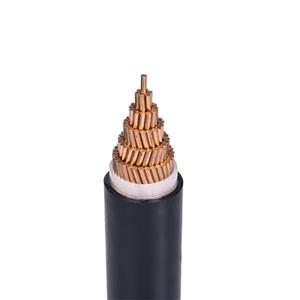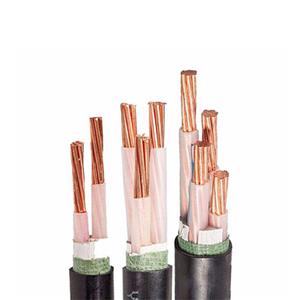Do you know how to choose photovoltaic cables?
More than a decade ago, solar energy was still in the accumulation stage in the global energy race. Among all major sources of electricity, solar power generation accounted for the smallest proportion, less than 1%. But the International Energy Agency (IEA) recently said that in three years, solar power generation will exceed natural gas. In four years, that is, by 2027, it may surpass coal and become the main power generation method.
As a global renewable energy,photovoltaic systems are widely used in residential buildings, industrial halls, office buildings, agricultural facilities, open spaces, and even floating facilities on the water surface, playing a key role in expansion. Special solar cables are used to connect individual modules and to inverters and other components. In this issue, we will explain the characteristics that solar cables should have and the requirements they need to meet.
Reliable cables accelerate the development of the photovoltaic industry. Solar systems are becoming increasingly intelligent and digital. With the help of technologies such as the Internet of Things, big data and artificial intelligence, remote monitoring, intelligent scheduling and fault diagnosis of solar power generation systems have been realized, improving the efficiency and reliability of system operation. Among them, the advancement of cable technology has played a key role in promoting the rapid development of solar energy. Cable technology not only optimizes the performance and reliability of solar energy systems, but also promotes their environmental protection and sustainable development by improving energy transmission efficiency, enhancing system integration and flexibility, strengthening safety and durability, realizing intelligent monitoring, and reducing system costs. These technological innovations make solar energy systems more competitive and provide strong support for the rapid expansion of the solar energy market.
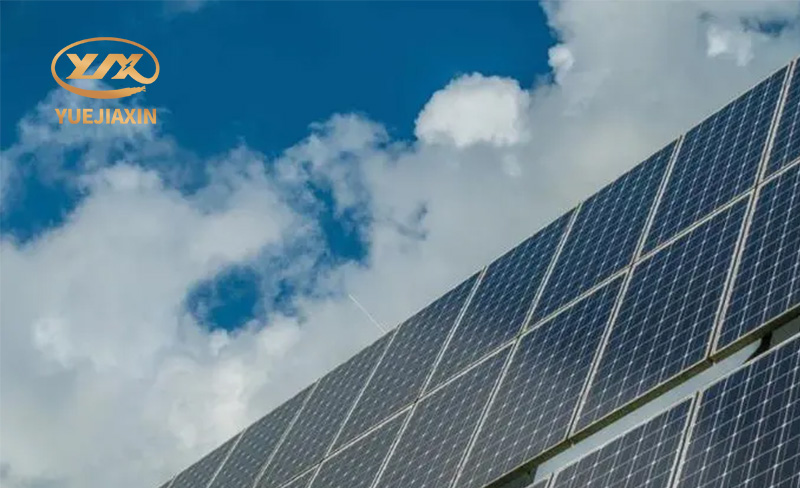
Solar cables are wires that connect the modules of photovoltaic systems. Photovoltaic systems consist of multiple modules that convert solar energy into direct current. To make it usable, the individual modules are connected in parallel or in series by cables. The solar cables used for this purpose are DC cables. The same is true for the cables that connect the photovoltaic modules to the inverter. This device converts the generated direct current into alternating current suitable for the grid.
Previously, the requirements for solar cables were defined in the PV1-F standard. Since 2015, the updated EN 50618 standard has come into effect. The applicable solar cables are now marked "H1Z2Z2-K". This mark guarantees that the cable has all the necessary characteristics required for use in photovoltaic systems. Solar cables are usually single-core conductors with finely stranded tinned copper wires. Whether for conductor insulation or outer casing, specialized polymers have proven to be very effective, outperforming rubber or PVC in terms of durability. Depending on the plastic composition, the cables are suitable for a wide range of applications, including outdoor use and underground installation. The cross section of a solar cable should generally be at least 4 mm². The cross section of the cable can be up to 240 mm². For optimal energy generation, choosing the right cross section is essential. So how do you choose the right solar cable?
With the development of energy storage technologies such as lithium-ion batteries, sodium-sulfur batteries and flow batteries, solar systems can better utilize the sun's energy and achieve a stable 24-hour power supply, reducing dependence on the traditional power grid. However, photovoltaic systems are exposed to high and low temperatures, various weather conditions, humidity, chemicals and of course solar radiation, depending on where they are deployed. Despite the harsh environmental conditions, they must operate reliably for a long time: manufacturers and operators plan a service life of 20 to 30 years for the systems. Therefore, all installed components must meet high standards, which also applies to the wires.
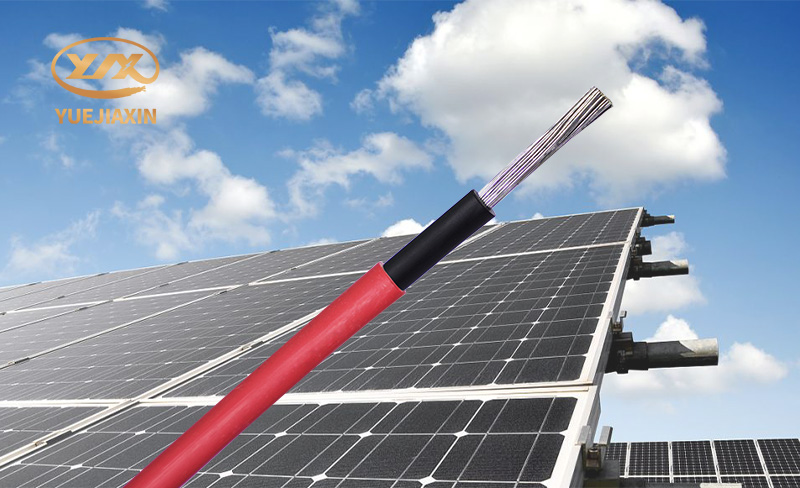
It can be seen that the solar cable industry will usher in significant changes. The application of new materials and processes will improve cable performance and life while reducing costs. Intelligence and digitalization will become the mainstream of development. Cables will not only be transmission tools, but also become carriers of intelligent monitoring and data analysis. With the popularity of renewable energy, cable demand will continue to grow, but market competition will also intensify. Therefore, cable companies need to continue to innovate and improve service quality to seize market opportunities and respond to challenges.
